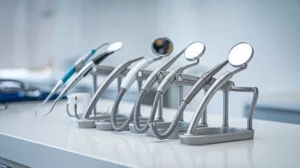
How to Choose the Best Dental Mouth Mirror for Oral Care
Picking the right dental mouth mirror might seem like a small task, but it’s actually pretty important for keeping your teeth and gums healthy. With so many options out there,

That small round mirror on a metal handle greets every patient at a dental visit. This clever tool has been a part of dentistry for centuries.
Mouth mirrors are the workhorses of our dental practice. They work alongside our dental explorer to help us do much more than just see the hidden spots in your mouth.
Our dental team depends on several mirror types that work together with other tools to diagnose and treat patients. This piece dives into the world of dental mouth mirrors. You’ll discover their types, uses, and the best ways to keep them working perfectly.
What you’ll learn:
A dental mouth mirror serves as our window into the oral cavity. Dental professionals use this essential tool daily. It acts as our eyes inside a patient’s mouth and helps us see areas we cannot view directly.
A dental mouth mirror has three essential parts:
This tool’s specialized design makes it unique. The mirror head sits at a 45-degree angle to the handle and lets us work around your mouth’s natural curves. The front-surface design proves especially valuable – unlike regular bathroom mirrors where reflective coating sits behind the glass. Our dental mirrors feature the reflecting surface right on top. This design eliminates double images that would make precise work impossible.
Most mouth mirror heads measure between 14mm to 24mm in diameter. Different sizes suit specific procedures and patient mouth sizes. Many patients wonder why we don’t use larger mirrors to see better. The answer makes sense – visibility and maneuverability need perfect balance. A mirror that’s too large would restrict movement in your mouth’s confined space.
The mouth mirror works alongside our dental explorer and becomes an extension of our hands. This combination lets us see and access every tooth surface with precision and care.
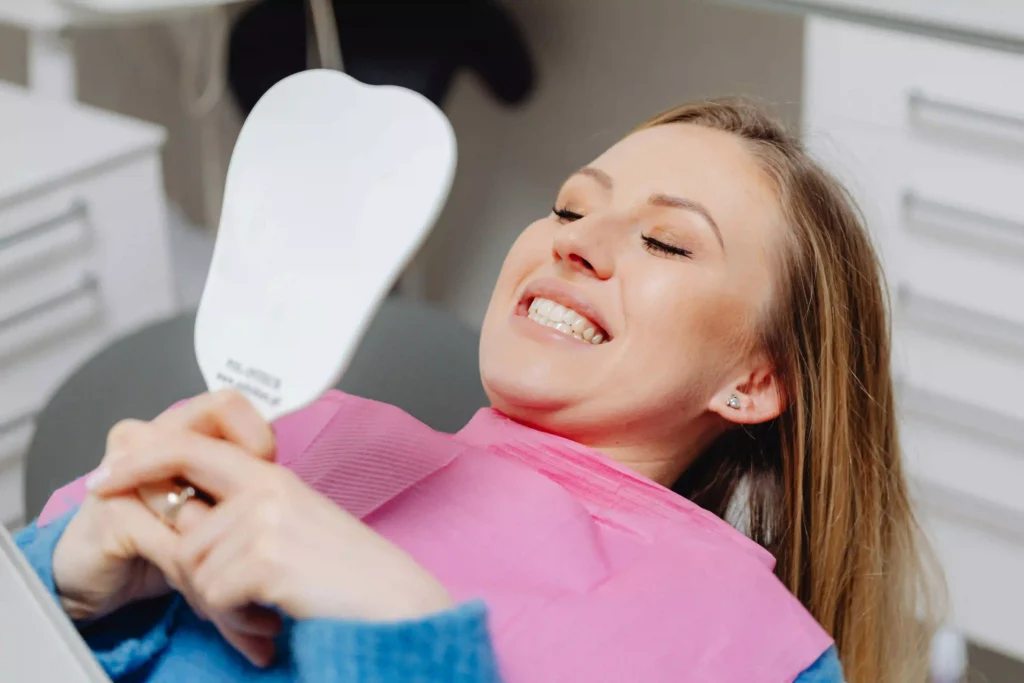
Our dental practice uses several specialized mouth mirrors that serve different procedures and viewing needs.
Front Surface Mirrors are the preferred choice for most procedures. These mirrors have the reflective coating on the front, which eliminates pesky double images that could affect accuracy. They provide the clearest view and need extra care because they can scratch more easily than other types.
Concave Mirrors serve as our magnification specialists. We need these to get a closer look at small cavities or to check the spaces between teeth. They offer excellent magnification, but their images can be slightly distorted.
Double-Sided Mirrors become really helpful when we need to switch viewing angles quickly. The reflective surfaces on both sides are a great way to get better views during complex procedures that need multiple angle checks without changing instruments.
Flat Surface Mirrors (also called plane mirrors) are the reliable workhorses of our practice. They might create slight ghost images, but their scratch-resistant nature makes them perfect for routine examinations.
Mirror selection also depends on size. They come in these diameters:
The specific procedure and the mouth area we need to check determine our mirror choice. We reach for front surface mirrors when detailed work needs precise visibility, and flat surface mirrors work best for routine check-ups.
Choosing the right dental mouth mirror requires more expertise than just selecting a reflective tool. Our practice thinks over several significant factors that ensure optimal performance and comfort.
Size selection typically comes down to #4 (7/8 diameter) and #5 (15/16 diameter) mirrors. The #5 mirror remains our most common choice. We base this decision on the specific procedure and patient comfort.
These significant factors guide our mirror selection:
Front surface mirrors boost visibility by eliminating ghost images. These require extra care since they scratch more easily. HD mirrors that provide 38.5% brighter images than standard rhodium mirrors prove invaluable during detailed procedures.
Handle material plays a vital role. Silicone-padded handles have proven to improve comfort and reduce hand fatigue. Long procedures often require alternating between different handle diameters to prevent muscle strain from prolonged pinch gripping.
Note that mirror heads are semi-consumable items. Our practice keeps spare mirrors ready to quickly replace any that become compromised due to wear and scratches.
Dental mirrors do more than help us see – they’re essential partners in delivering excellent dental care. These versatile tools help us maintain good posture while we work and prevent strain on our backs and necks that comes from awkward positions.
Our dental mirrors serve three most important functions:
Dental mirrors are a great way to get better access to back teeth and areas behind front teeth. They give us indirect vision so we can work while staying comfortable. This matters because looking at these areas directly would force uncomfortable positions that might cause health problems later.
Our dental mirrors’ biggest advantage lies in faster and more accurate diagnoses. Clear visibility of all tooth surfaces helps us catch problems early and fix them right away. The mirror’s light reflection also lets us check areas below the gum line effectively.
Using indirect vision through a dental mirror takes skill that comes from years of practice. This expertise helps us deliver better care and keeps you comfortable during procedures.
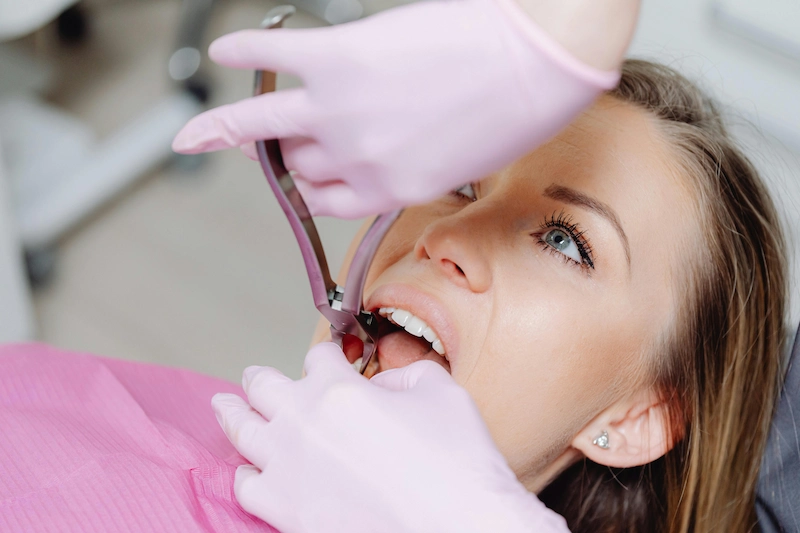
Patient safety and optimal performance depend on our dental mouth mirrors’ proper maintenance. These instruments make contact with mucous membranes, so they fall under semicritical items classification and need sterilization between patients.
Our proven cleaning and maintenance routine works well:
The steam sterilization process runs at 134°C (250-270°F) for 15-20 minutes at 15 PSI. A simple trick that works wonders is running the mirror under hot water for a few seconds before use to prevent fogging during procedures!
Storage Matters: Our sterilized mirrors stay in a temperature and humidity-controlled environment that maintains their condition. The mirror’s sterility could be compromised by compression or breakage, so we avoid these risks.
The ultrasonic cleaning process requires keeping mirrors away from other instruments, particularly sharp ones that might scratch the surface. Mirrors with rhodium coating need special care since certain chemical solutions can damage their surface permanently.
Our mirror’s signs of wear, scratches, or reduced reflectivity undergo regular inspection. Image quality issues from scratches or wear mean immediate mirror replacement. This detailed care gives reliable performance and makes our instruments last longer.
A trip through the dental mouth mirror world reveals how significant these simple tools are in modern dentistry. Daily examinations and complex procedures show how these instruments help us provide better patient care.
Key takeaways from our exploration:
Our experience with dental mirrors shows that success in dentistry depends on having the right tools and using them effectively. Dental mirrors paired with explorers create a powerful combination that helps us detect potential problems early and treat them quickly.
Quality mouth mirrors and proper maintenance save time and improve our work quality as time goes on. These tools are the life-blood of quality dental care, especially when we examine hard-to-reach areas or perform detailed procedures.
A dental mouth mirror serves as more than just a reflection tool – it’s our trusted partner in providing detailed oral care. Understanding its types, uses, and proper maintenance leads to better patient outcomes and protects our physical well-being through proper ergonomics.

Picking the right dental mouth mirror might seem like a small task, but it’s actually pretty important for keeping your teeth and gums healthy. With so many options out there,
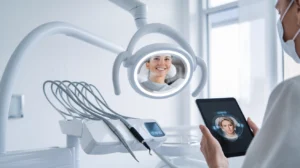
Dental mirrors have come a long way. From simple reflective tools to sophisticated gadgets, they play a key role in modern dentistry. With constant innovation in dental mirrors, these aren’t
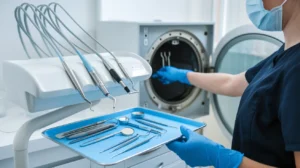
Hey there, dental pros! Today, we’re diving into something super important but often overlooked—how to properly mouth mirror sterilization. If you’re in the dental field, you know these little tools
At The Surgical Kit, we are committed to providing healthcare professionals with the finest tools to ensure precision and safety in every procedure.